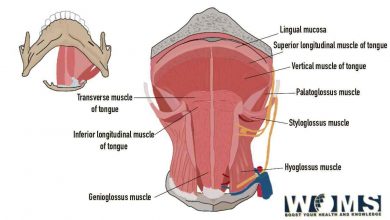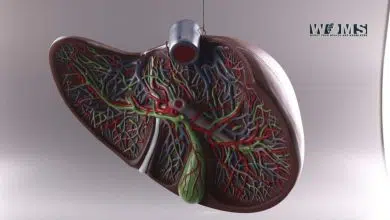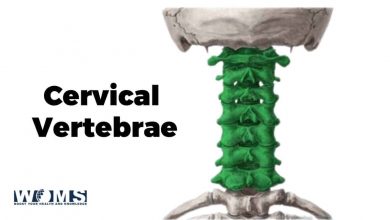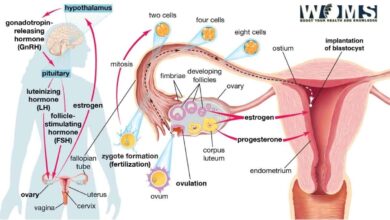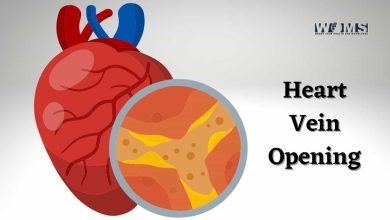The levator ani muscle
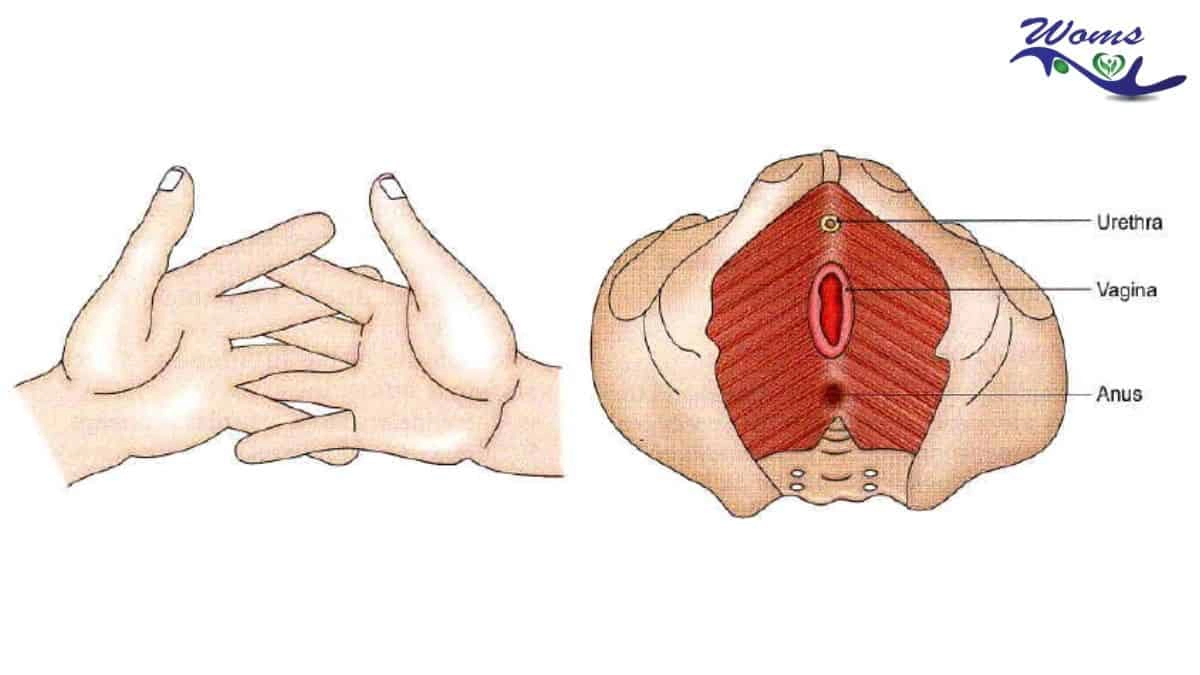
Anatomy and Overview of Levator ani
The levator ani is an extended, slender muscle group, located on either side of the pelvis bone. The muscle consists of three parts. They are
- Pubococcygeus
- Iliococcygeus
- Ischiococcygeus
Its function is very important because it helps to stabilize the abdominal and pelvic organs. It prevents the organs from the pelvis and abdomen.
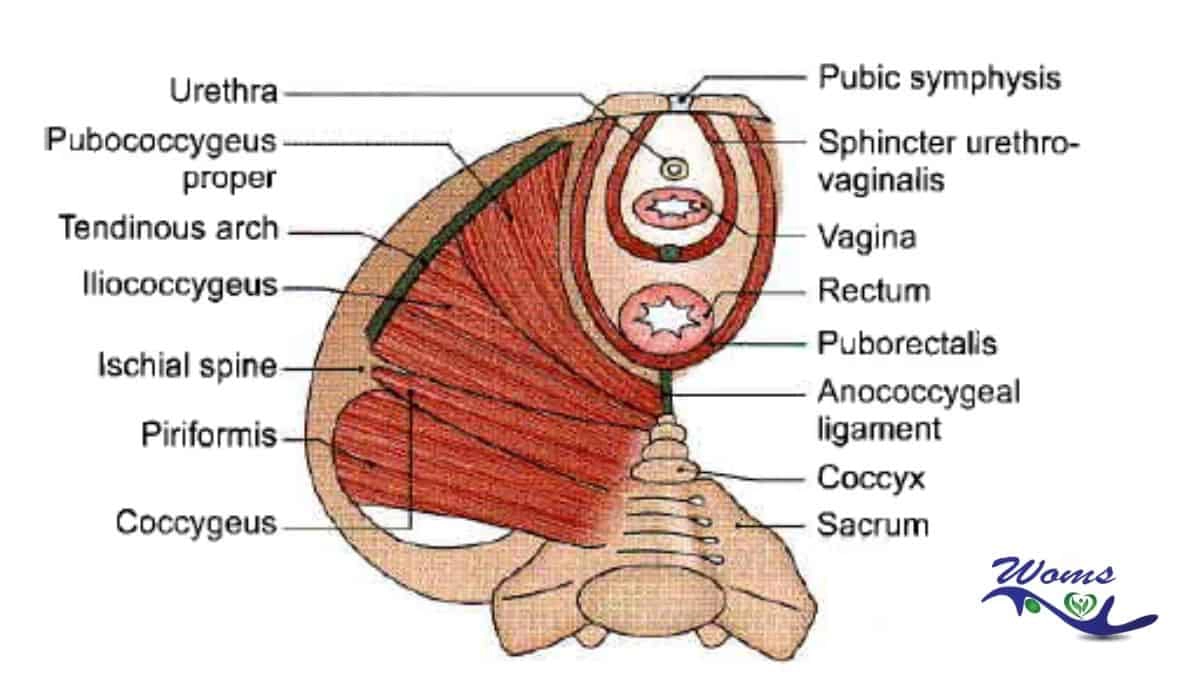
Pubococcygeus part
The medial part of the pelvic surface of the body of the pubis gives rise to the anterior fibers. These fibers closely surround the prostate and constitute the levator prostate in the male.
In case of females, these fibres surrounds the vagina and form the sphincter vaginae.
In both cases the anterior fibers gets into the perineal body.
The middle fibres constitute the puborectalis. From the body of pubis i.e the lateral part of the pelvic surface these fibers arise. Around the anorectal junction, they partly form a loop or sling and are partly continuous with the longitudinal muscle coat of the rectum. In females the anterior portion if ouborectalis is thinner and shorter.
The anterior half of the white line on the obturator fascia gives rise to the posterior fibers of the pubococcygeus. These attach to the anococcygeal ligament and tip of the coccyx.
Illiococcygeus part
The fibres that forms illicoccygeus part arise from:
- On the obturator fascia, there is the presence of the white line and its posterior half only.
- The pelvic surface of the ischial spine. They go into the anococcygeal ligament and into the side of the last two pieces of the coccyx.
Coccygeus part
This muscle represents the posterior or iliococcygeus part of the pelvic diaphragm. It is triangular in shape. It is partly muscular and partly tendinous.
Its fibres arise from:
- The ischial spine present on the pelvic surface.
- The ligament called sacrospinous ligament. It goes into the side of the coccyx, and into the fifth sacral vertebra.
Also read about : Anatomy of Abdomen
Nerve supply of Levator Ani
The levator ani is contains nerve innervation by:
- The fourth sacral nerve’s branch.
- The inferior rectal nerve’s branch.
- The branch which comes from sacral nerves which is fourth and fifth supplies the coccygeus.
Actions of levators Ani and coccygeus
- The pelvic outlet’s posterior part is closed by the levator ani and coccygeus muscles.
- The pelvic viscera is supported by levator ani as well it fixes the perineal body.
- The levators ani and coccygei counteract or resist increases intra-abdominal pressure during the coughing, sneezing, lifting and other muscular efforts, and the continence of the bladder and the rectum is maintained by it.
- A particular pelvic outlet is opened during micturition, defaecation, and parturition, but the contraction of fibers around other openings resists increases intra-abdominal pressure and prevents any prolapsed through the pelvic floor
- In coughing and sneezing there is a momentary increase in the intra abdominal pressure but it is more prolonged in yawning, micturition, defaecation, and lifting heavy weights. Incase of the second stage of labour it is most prolonged and intense .
- The coccygeus pulls forwards and support the coccyx, after it has been pressed backwards during defaecation, parturition or childbirth.
Relations of the levator Ani
- Pelvic fascia covers the superior or pelvic surface which separates it from the bladder, prostate, rectum, and peritoneum.
- Anal fascia covers the inferior or perineal surface and forms the medial boundary of the ischioanal fossa.
- The anterior borders of the two muscles are separate from one another by a triangular space for the passage of the urethra and the vagina.
- The posterior border is free and lies against the anterior margin of the coccygeus.
Functions of levator ani:
There are various functions of it some important functions are :
- Levator Ani helps to stabilize the abdominal and pelvic organs with the aid of its tonic activity.
- It controls the opening and closing of the levator hiatus.
The urethra and the rectum are mechanically closed at the levator hiatus in a quiescent state. At the beginning of urination and defecation, the muscle relaxes. The preservation of urinary and bowel continence is all due to the levator ani muscle as it has an important role.
Takeaway:
The levator ani is an extended, slender muscle group, located on either side of the pelvis bone. It consists of three parts. Levator ani helps to stabilize the abdominal and pelvic organs with the aid of its tonic activity. It controls the opening and closing of the levator hiatus
FAQs
1. What are the muscles that comprise Levator ani Muscle?
It is comprised of three muscles. These three muscles are Puborectalis, Pubococcygeus, and Iliococcygeus muscle.
2. What are the nerves that innervate Levator ani Muscle?
The sacral efferent nerves and Pudendal nerves innervate the muscle. The sacral nerves innervate the superficial surface while pudendal nerves innervate the inferior part of the muscle.
3. What is the function of Levator ani Muscle?
The main function of the Levator ani Muscle is helping in the support and lifting of the pelvic visceral structures. It also helps in urination and defecation as well.
4. What is Levator syndrome?
It is a sporadic pain in rectum which is caused due to spasm of levator ani muscle present near the anus
5. What are the risks of developing levator ani syndrome?
There is a high chance of developing levator ani syndrome if the person has a history of hemorrhoids surgery, anal fissure, prolonged sitting, and sitting on a hard surface with a bad posture.
